Lantronix
Lantronix is a company in the US. It was founded in 1989. They have build terminal servers based on Series 32000 processors. Surprisingly this company still exists and is doing business.
ETS-8
The Lantronix model ETS-8 is a terminal server with 8 terminal ports and an AUI Ethernet connector. It was one of the first products of the company. The price should be around 1700 US$. In my opinion this is quite high. But computer electronic was once expensive...
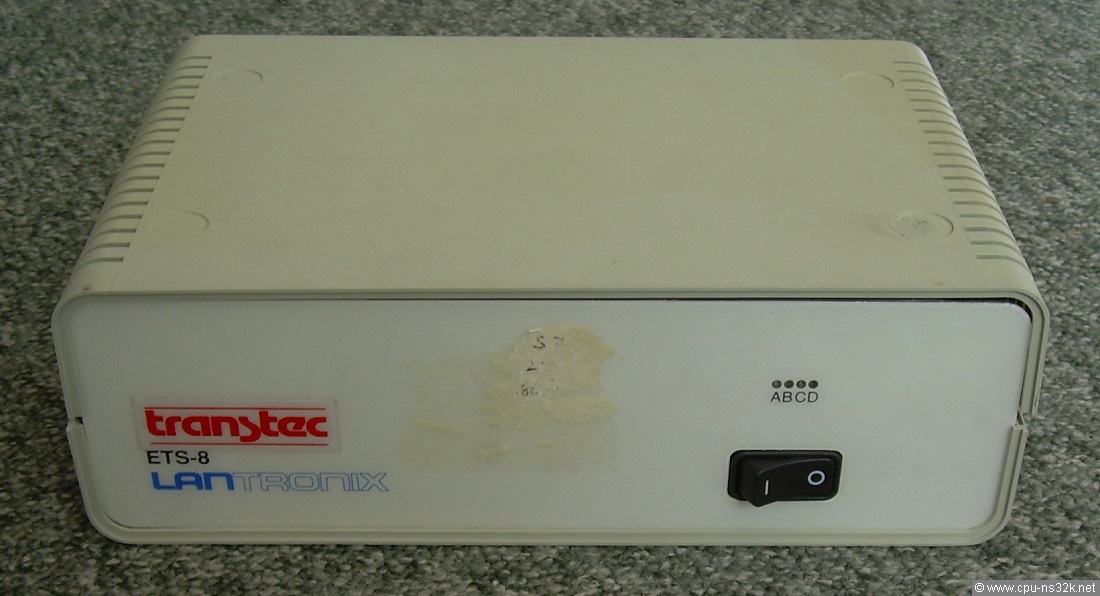
Fig. 1. The small case of the ETS-8 is 21 cm wide, 13 cm deep and has a height of 6 cm. One day I will find out what the meaning of ABCD is.
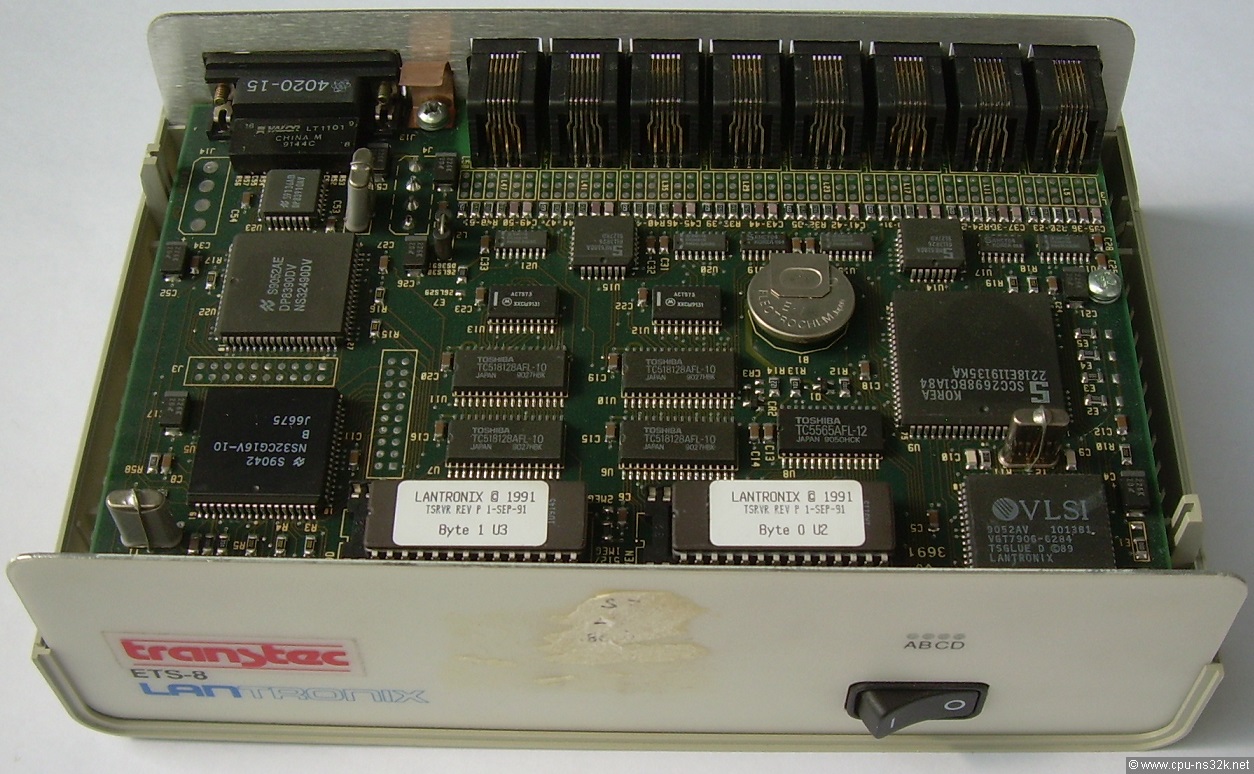
Fig. 2. All the logic fits on one board due to the high integration of the used devices.
The CPU of the ETS-8 is an NS32CG16 running at only 10 MHz. Obviously its performace is sufficient for this task. Main memory is 512 kByte of SRAM. There is an additional SRAM of 8 kByte which may have a battery backup. Two EPROMs store the software.
The Ethernet port is made of two National Semiconductor devices. The Signetics SCC2698 is an USART with 8 channels - ideal for a product of this kind. In the lower right corner of Figure 2 a Lantronix defined IC made by VLSI can be seen. The device is labeled TSGLUE which can be a hint for its purpose.
Below the logic board is a power board which transforms 220 V AC to the required DC voltages.
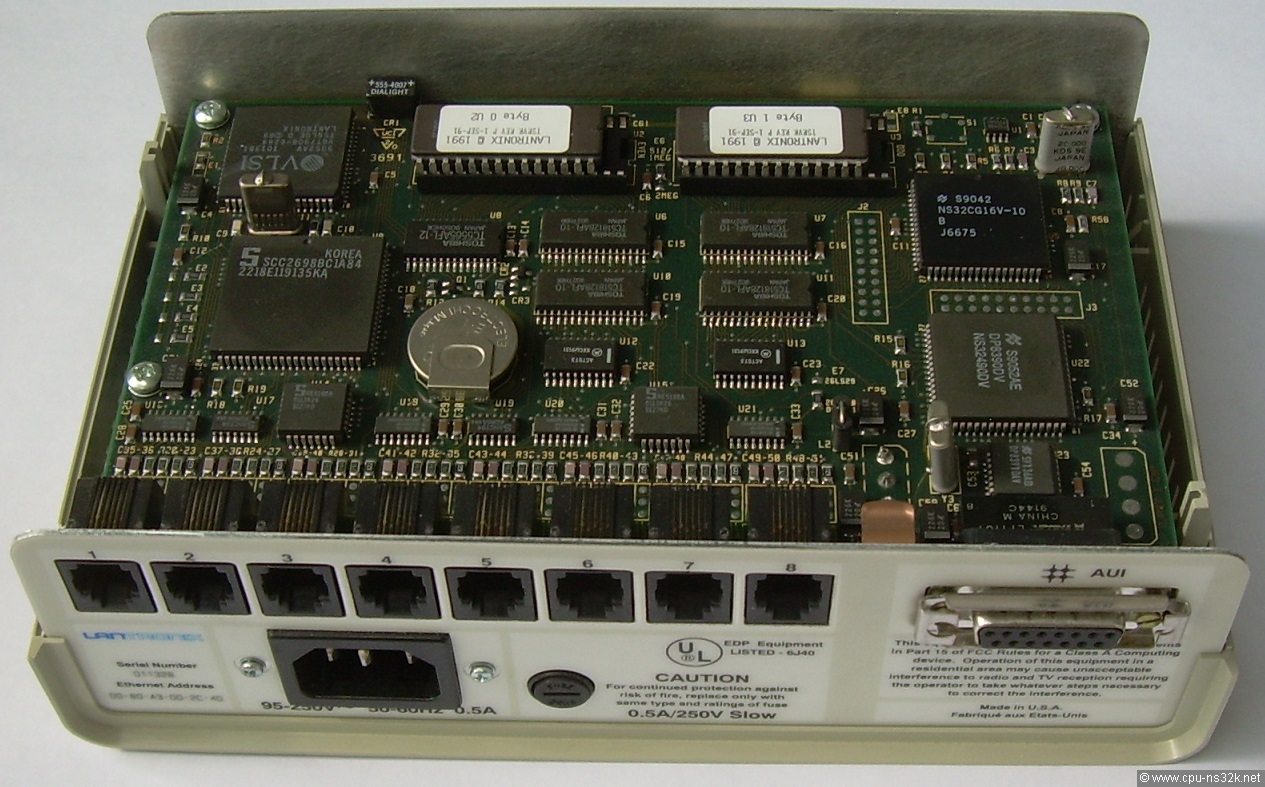
Fig. 3. The backside of ETS-8 with all the connectors. What is said to be the Ethernet Address on the left most label should be the MAC address.
The connection to the terminals is done via RJ45 connectors. This is new for me and I have never seen a terminal with such a connector. But it must be available in Europa because this ETS-8 was used at a University in Germany.
ETS-16
ETS-16 is the big brother of ETS-8. It connects up to 16 terminals to a server. The design is based on the same elements like the ETS-8. There is an interesting detail about the internal processor: this CPU is clocked at 15 MHz which is 50 % faster than in ETS-8. Obviously there is more to do for the CPU...
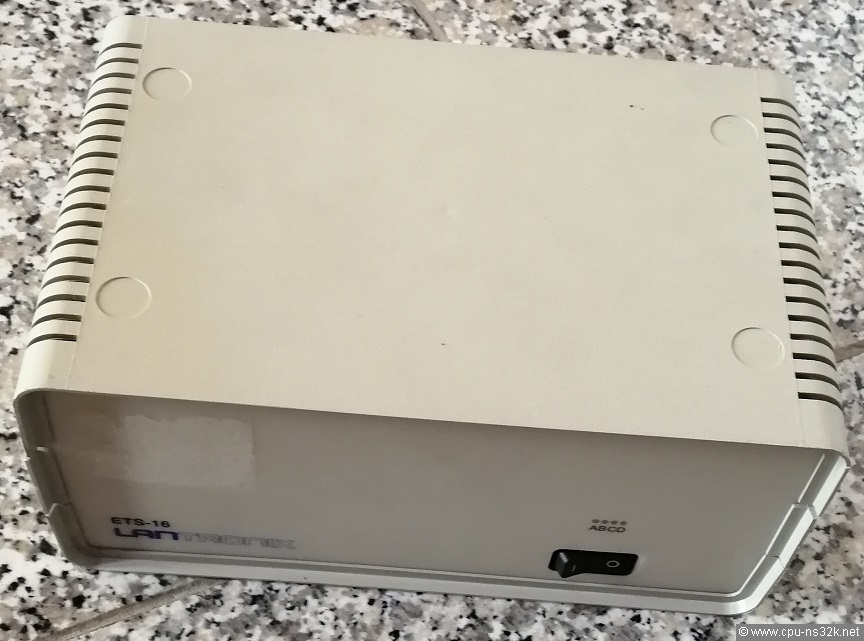
Fig. 4. The ETS-16 is nearly double as high as the ETS-8.
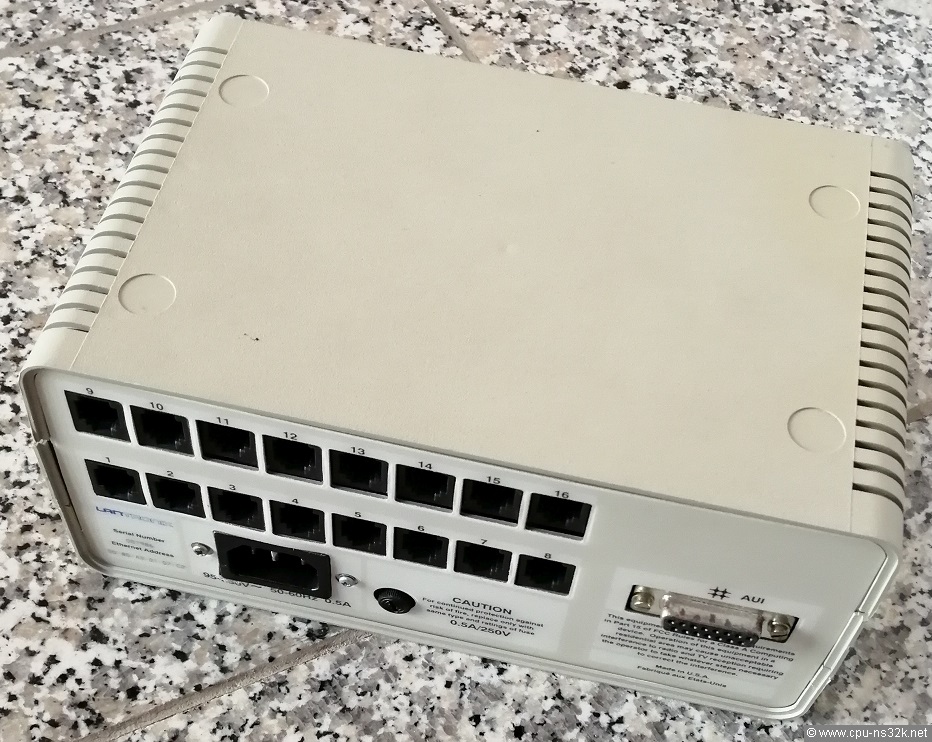
Fig. 5. The backside of ETS-16 has two rows of 8 connectors each.
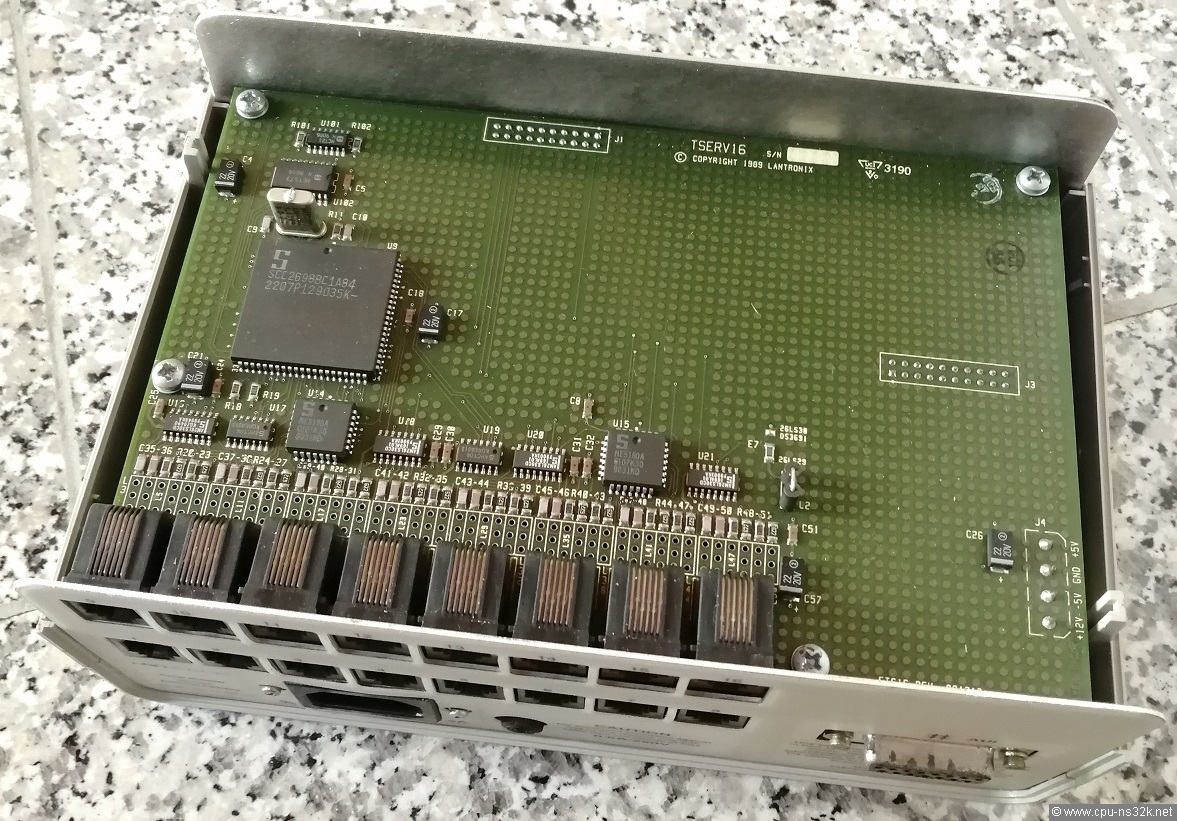
Fig. 6. The additional PCB of ETS-16 is nearly empty.
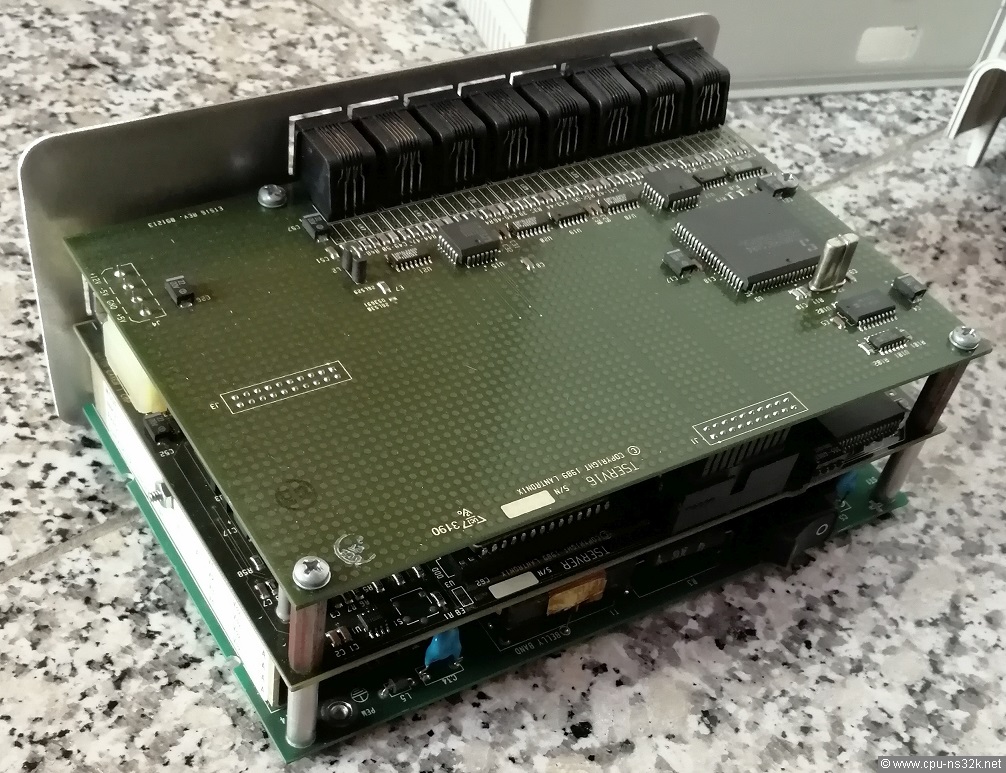
Fig. 7. One power connector and two signal connectors are needed to connect the extension board with the basic board.
Gordian
In March 2021 I got an email from Michael Thomas. He told me that his company Gordian had made the design of the ETS-8 and ETS-16. He wrote also about another project of his company:
"We actually started using the 32k for a laser printer controller we designed for a company named Talaris. It was a dual processor design with a TI GSP as well as the 32k where the GSP rendered the graphics and the 32k dealt with all of the IO, file systems, networking and all of the printer languages like HPPCL and Postscript. I actually wrote a multitasking operating system for it which I called Punix -- Puny Unix. We started out with a 15 page per minute engine, but eventually drove a 100ppm engine, and could drive it at speed. Pretty impressive when you consider it. It was also one of the first, if not the first ethernet enabled printers."
He wrote a nice blog post about his adventure writing the software for it with no imported code at all: how-to-build-laser-printer-from-nothing
The next Figure shows the laser printer board. The NS32016 CPU is located in the middle left (the device is similar to Figure 4 in Chips/CPUs). The TI GSP TMS34010 (68-pin PLCC) is placed in the middle right. The 84-pin PLCC device in the middle is a gate array from National Semiconductor.
There are six EPROMs on the board. Four of them are devices in 32-pin packages. They must be at least 1 Mbit EPROMs. Two additional sockets are available. This huge amount of ROM capacity is needed for high resolution character bit maps. The lower half of the board contains RAM.
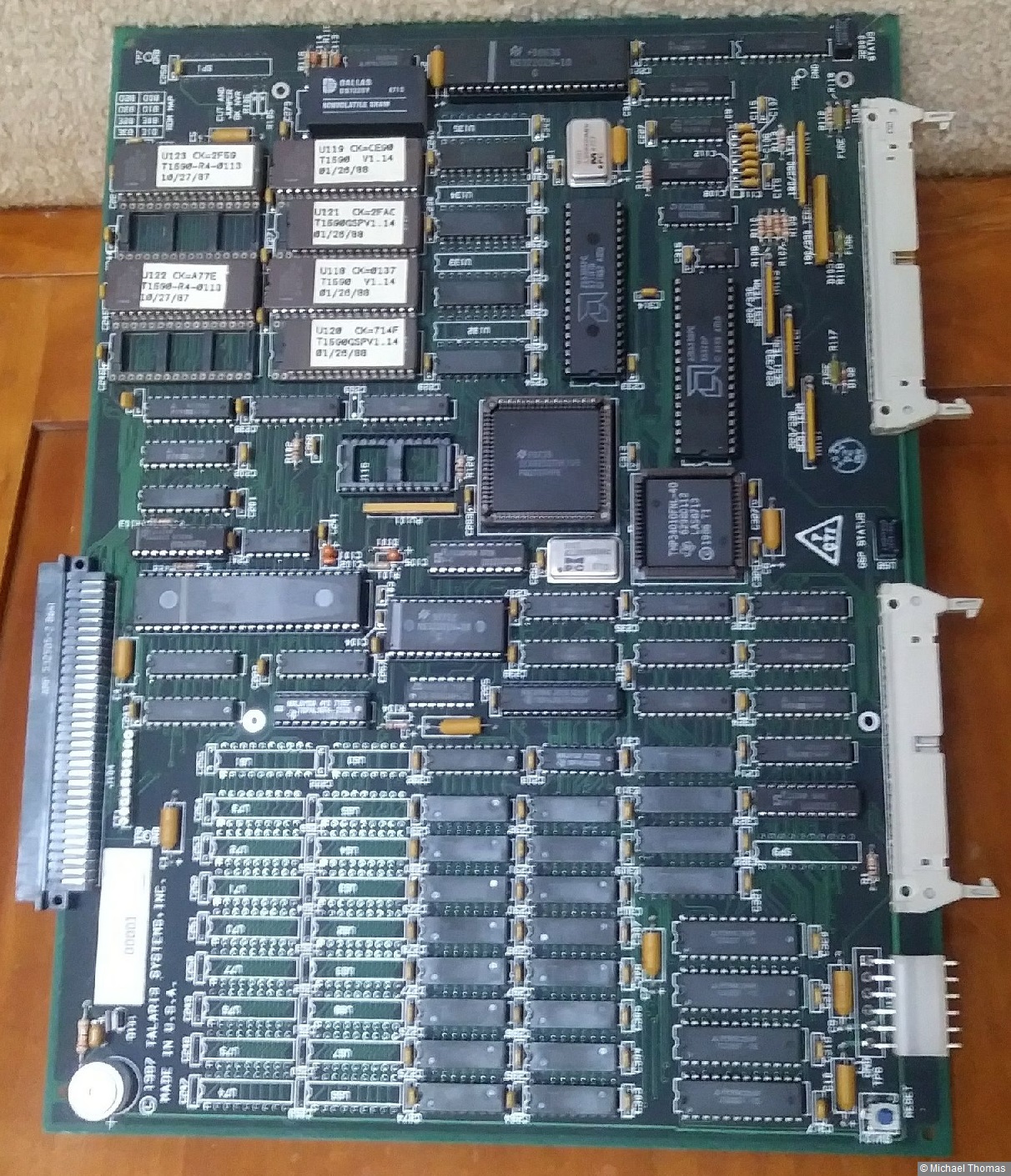
Fig. 8. The Talaris laser printer board designed by Michael Thomas company Gordian.
This chapter was last modified on 18 May 2021. Next chapter: Matrox